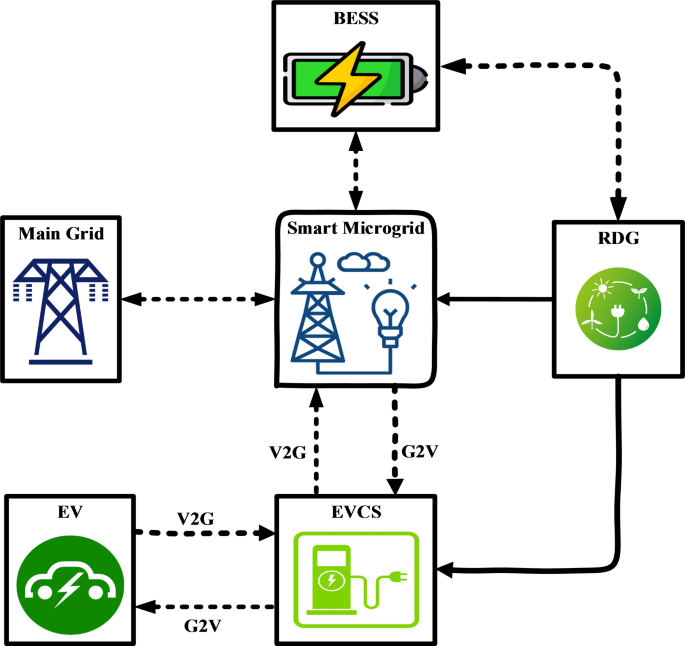Honey Badger Algorithm Optimizes Electric Vehicle Charging Stations for Enhanced Smart Grid Performance
Honey Badger Algorithm Optimizes Electric Vehicle Charging Stations for Enhanced Smart Grid Performance

Introduction:
In a groundbreaking study, researchers have employed the Honey Badger Algorithm (HBA) to optimize the integration of electric vehicle charging stations (EVCS) within smart grids, enhancing distribution system performance and reducing environmental impact.
Algorithm Overview:
The HBA, inspired by the tenacious honey badger's honey-seeking behavior, has been adapted for global optimization in smart grids. This nature-inspired algorithm has demonstrated simplicity and efficiency, making it a promising tool for optimizing EVCS placement and capacity.
Application in Smart Grids:
By applying HBA to the optimization of EVCS, researchers have achieved significant reductions in network losses and average voltage deviation index (AVDI), while improving voltage stability index (VSI). The study involved testing on IEEE 69-bus and Indian 28-bus systems, showing substantial improvements in power loss reduction and VSI enhancement.
Performance Comparison:
The HBA outperformed other optimization algorithms such as Particle Swarm Optimization (PSO), Flower Pollination Algorithm (FPA), Cuckoo Search Algorithm (CSA), and Teaching-Learning-Based Optimization (TLBO) in reducing power losses and CO2 emissions, and in improving VSI.
Implementation and Results:
The HBA was implemented using MATLAB 14.0, with a population size of 40 and 200 iterations. The results indicate that HBA significantly outperforms traditional and existing methods in reducing power losses and improving AVDI.
Future Research Directions:
Looking ahead, future research will explore the impact of EVCS integration on the overall resilience and reliability of microgrids, especially in the presence of cyber-attacks and natural disasters. There is also potential for developing advanced optimization techniques to handle the complexity of large-scale EVCS integration and applying machine learning algorithms to predict EV charging patterns for real-time optimization.
Conclusion:
The Honey Badger Algorithm's success in optimizing EVCS integration in smart grids marks a significant step towards more efficient, economical, and environmentally friendly energy distribution systems.


